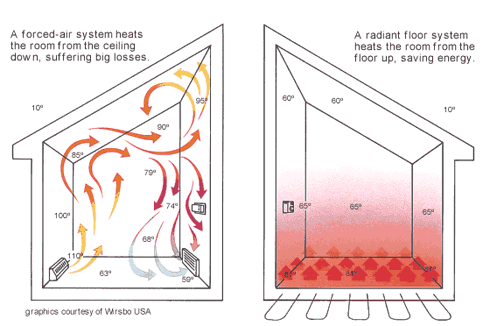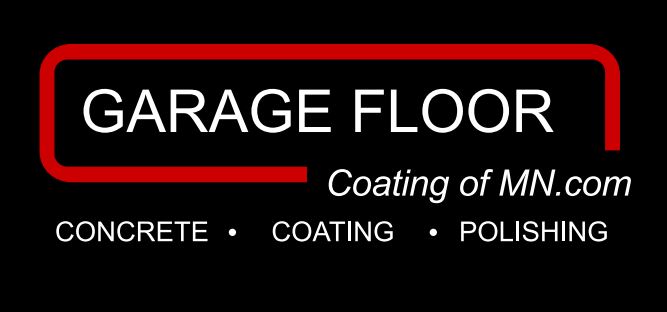Grey Is the New Green (Unless You Customize It)
If you’re looking to make your home more energy efficient and all around greener, make sure you consider concrete as one of your upgrades. Not just flooring, either – concrete homes and patios can help, too. Here are a few ways concrete can help make your home greener.
- Production of concrete requires little energy and the composition of concrete is quite sustainable. Limestone is the primary material used in concrete and is also one of the most widely available raw resources in the world. Instead of cutting down trees or creating pollution with production of complex materials and transportation, concrete can be sourced locally and without destruction of valuable resources.
- Concrete doesn’t rot, burn, or rust, which saves you time and money in the long run because you don’t have to worry about consistent repairs and replacement. Caring for concrete is also simple, mostly requiring basic sweeping and mopping. Abrasive chemicals and cleaners actually damage concrete, so there is no need to worry about using harsh cleaners.
- Due to concrete’s natural ability of absorbing and retaining heat, it can be a huge money saver in the home. Hot or cold, concrete can warm a space or keep it cool. Concrete floors are also conducive for in-floor heating, which delivers consistent heat to your room. You can count on your energy bills decreasing quickly after your new concrete floor installation.
- Concrete is recyclable. If the situation does arise that you need to replace your concrete, the crushed concrete that is removed can be easily repurposed to make new concrete and other materials.
Decorative or stamped concrete won’t necessarily detract from the sustainability of your concrete (so you don’t have to keep it grey…). You can still customize your concrete to match your home’s design or your own personal style. Many non-toxic seals and dyes are available to help you stay with your green initiative.





